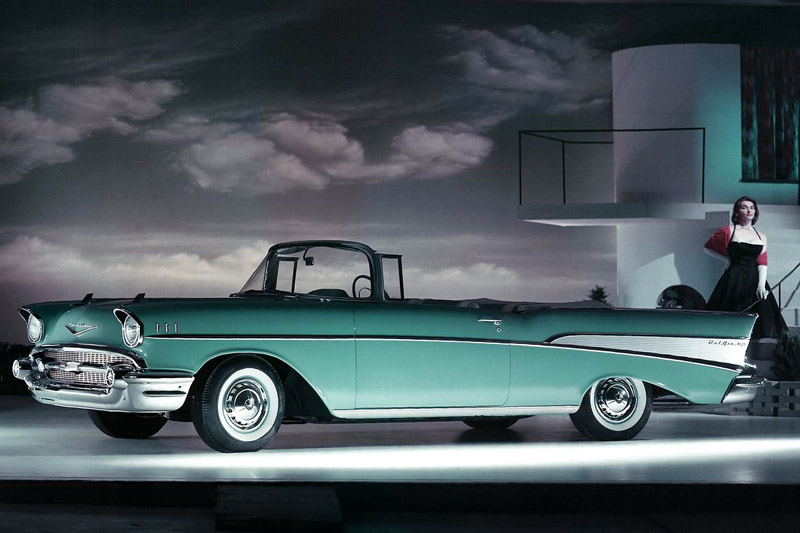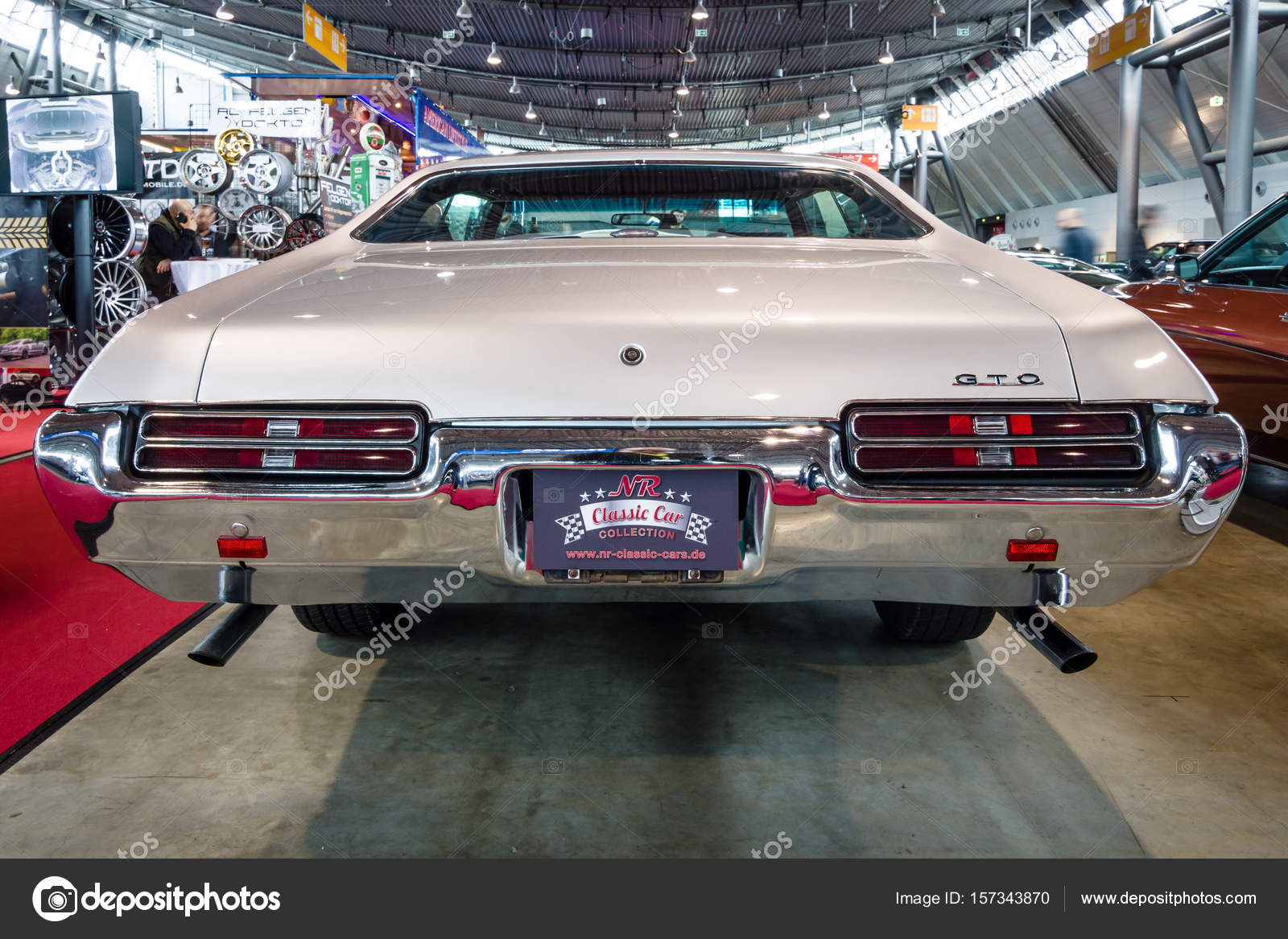
One of the many muscle cars available on the market is worth considering if you are looking for a new car in 2019. You've probably heard of the new Chevrolet Camaro ZR1, the Kia Stinger, or the Dodge Challenger. However, it is possible to compare these cars to determine which car is the best. Below are the most popular muscle cars on the market today. Read on to learn more about each vehicle, and what makes them so special.
Chevrolet Camaro ZR1
The 2018 Chevrolet Camaro ZR1 boasts a lot. It's a muscle car with powerful V8 power and modern technology. The ultimate version includes a number of new features not found in the base model. It has an eight-way driver's seat with memory and cruise control, heated Recaro seats front seats, and a heated steering column. Other features include wireless charging, a 24-color ambient lighting system, power trunk release, and rear parking sensors.
The ZR1 is a mind-blowing car in terms of horsepower. The ZL1 1LE Camaro musclecar, derived from ZR1, is 1,000 horsepower. It can reach speeds of 217 mph. It is a car for lovers of high-performance V8 muscle cars. You can also expect it to withstand over 500 pounds of torque.

Kia Stinger
The 2020 Kia Stinger comes with a new trim, GTS. There are also many upgrades to standard features. It now comes with a blind-spot monitor, head-up display, and automatic emergency braking. It has heated rear seats and wireless smartphone charging. The GT trim adds rear spoilers. The GT1 & GT2 trims now come with lane departure warnings as well as cruise control and A/C seat.
The suspension is tuned for a perfect balance between stiffness and comfort. Sport drive mode sees the suspension firmer, but with less floaty tendency. Brakes are still the car's weak point. Although Brembo brakes are adequate for daily use, they fade quickly when the car is pushed. Kia Stinger muscle cars 2019
Dodge Challenger
The Dodge Challenger was a muscle car that has been popular in the United States since its debut in 1967. This car was originally known as SRT8. The base model features 305 horsepower, 268 lbft of torque and the 5.7-liter V-8 has 379 horsepower. Along with these improvements, the Dodge Challenger 2022 will have electric power steering and a huge center console which doubles to hold smartphones.
The modern Dodge Challenger is twelve years old. In 2019, FCA sold 61,000 Challengers, a number that was 13,000 higher than that of the Chevy Camaro. This is due to muscle cars' enduring popularity. The brand's nostalgic appeal is the reason why Dodge Challenger is so popular. It was brought back to life in 2008 after a thirty-year absence. In 1971, it was sold as the Silver Challenger.

Dodge Charger vs Dodge Charger
The Dodge Charger vs. muscle cars is the best option if you are in search of a new vehicle. While both have the same basic engine and powertrain, the V8-powered Charger is more distinctive. Both models have an incredible array of wheels and a distinctive front end. While the Charger is more enjoyable to drive, insurance can be quite expensive.
In terms of power, there are many differences between the Dodge Charger and the Dodge Challenger. Muscle cars have powerful V8 engines while sports cars are lighter and more agile. The Charger is better suited for driving at tight corners. While you can choose to drive a muscle car or a sport car, it all depends on your preference and budget. Both cars are fast and have the ability to compete in street racing.
FAQ
How can I prepare for a apprenticeship as a mechanic?
It is essential to understand what you are getting into. Understanding the mechanics and working of cars is essential. This way, you know where to start when you go on your first day at the garage.
Also, you need to know how fix simple problems, such as tires and lights that aren't working.
This will teach you how to diagnose problems and fix them yourself.
To put the pieces back together, you will also need to understand how they fit together.
Finally, you need to be able to safely and efficiently use tools.
These things will enable you to be a competent mechanic.
What's the difference between a mechanic and an automotive technician?
They are both similar, but not identical. An automotive technician maintains cars, while a mechanic repairs them.
A mechanic needs to be able and quick to use their manual dexterity. They should be able to accurately diagnose problems and repair them efficiently.
An automotive technician must be more technically proficient than a mechanic. They should be able read blueprints and use tools like drills and wrenches.
They should also be capable of safely performing complex procedures. They must be familiar with all types of electrical and engine systems.
They should also be able understand how different parts interact.
This means that mechanics usually make less money than automotive technicians. However, both careers offer great opportunities.
What is the best career for an automotive mechanic?
There are many exciting opportunities in the automotive industry for people who are driven to achieve excellence. You can only succeed in this field if you work hard and learn from others.
Your job will require you to be a good communicator as you'll be talking to customers and other employees. It is important that you are willing to travel, work long hours and be able to commute.
Consider taking classes at local universities or community colleges if your goal is to pursue a career in the automotive industry. Many schools offer programs specific to students interested in sales, auto repair, or customer service.
If you decide to pursue a degree, you should study mechanical engineering. You can earn a bachelor's in as little four years.
In addition, many companies will hire graduates straight out of school. Therefore, it is a good idea to look for employment while still pursuing part-time studies.
Once you've completed your education, you'll probably need to complete some form of training before being able to take up a position as an automotive technician.
You will need to pass the Automotive Service Excellence certification exam. This test covers engine maintenance and brakes as well as suspension.
Once you pass the ASE test, your license can be applied for by the National Institute for Automotive Service Excellence.
Private individuals can have their vehicles repaired with a license. Based on the services rendered, you will receive compensation.
Not all states require licensing. However, licensing is required for anyone who plans to work outside the home state.
Some states won't issue licenses until you have completed a certain amount training. If this applies to you, then you may need to find another option.
What qualifications are required to become a truck mechanic
You don't have formal qualifications for this role, but you are very experienced working on trucks and engines. Your experience is invaluable as you know how to diagnose problems quickly and efficiently.
A solid understanding of diesel technology is also a plus. This will help you understand the components that are needed to fix our vehicles.
To work as an automotive mechanic, do I need a degree? Do I have to study part-time?
It is not essential, but it is helpful. Most employers prefer candidates who have studied for a full degree rather than those who haven't. It shows that you've put the effort in and have done everything possible to succeed.
But, this doesn't mean you have to stop working while studying. Some universities allow students to complete coursework over the summer holidays and finish their studies later in the year. Others let students take classes part-time throughout the year.
How do I fix my car for a hobby?
Why not make it a hobby if you're interested in cars? You can learn to fix them, buy them parts, and even sell them. If you are looking for something more, it would be an excellent hobby.
However, it's not easy to turn this into a full-time career. It requires a lot of hard work and dedication. You'll also need to invest a lot.
If you don't have any good reasons to be involved in cars, it may be better to just let it go.
Statistics
- According to the BLS, the median annual salary for automotive service technicians and mechanics in the United States was $44,050 in May 2020. (uti.edu)
- The U.S. Bureau of Labor Statistics (BLS) reports that the job outlook for automotive service technicians and mechanics is expected to decline by 4% from 2019 to 2029. (indeed.com)
- According to the BLS, total auto technician employment is expected to exceed 705,000 by 2030. (uti.edu)
External Links
How To
How to properly diagnose and repair your vehicle
To determine if your car needs repairs, you should first look at the symptoms that your car presents. Next, you can follow these steps in order to diagnose your car.
-
Check engine lights. Check the dashboard light indicators such as the engine light indicator, the oil pressure gauge, the battery light indicator, the coolant temperature gauge, and the RPM gauge. You may have a problem with your vehicle if any of the indicators are flashing for more than a few days.
-
Take a look at the treads. Tires with worn treads could cause problems when handling or braking. It is also important to inspect the wheel treads. They should be smooth and clean. This can be done by removing the wheels from the vehicle and taking them off. You can check the tread wear with a flashlight.
-
Pay attention to the level of your brake fluid. You must always monitor the level of your brake fluid. You can ensure that your brakes are working properly by monitoring the level of brake fluid in your vehicle. Low brake fluid levels can cause brake failure when you apply pressure.
-
Test the suspension system. It is common for vehicles to have a suspension system which absorbs shocks or vibrations. This suspension system provides greater control and smoother acceleration and deceleration. If your vehicle has a suspension problem, it might feel wobbly or shake uncontrollably. If you are unsure if your vehicle is suffering from a suspension problem, put weight on the front and rear axles to check the movement.
-
Take a look at the steering column. Steering columns connect the steering wheels to other parts of the vehicle. Accidents often damage steering columns. You should replace the steering column if it is loose or weak.
-
Pay attention to the exhaust pipe. The exhaust pipes are responsible for moving gases from the combustion chamber into the atmosphere. Exhaust pipes that are cracked or leaking can allow harmful fumes to enter your cabin. If your tailpipe bends, it is important to fix it immediately.
-
Look under the hood. Take a look underneath the hood to find any strange or unusual items. There could be fluid leaking from your engine. Also, professional technicians should be called if you detect an unusual smell coming out of your engine compartment.
-
You should inspect your air filter. Your vehicle's air filter collects dust and debris from the outside environment. Dirty air filters can cause your vehicle to run poorly. Replace your air filter regularly.
-
Make sure you check the fan belt. Your vehicle's fanbel is what connects the engine and the transmission. The engine will not turn if the fan belt breaks. Replacing the belt is simple. You will need a screwdriver, pliers and a pair of pliers.
-
The radiator hose and hoses should be checked. The radiator hose is used to carry water from the radiator to your engine. It can cause hot liquid to leak onto the engine if it is damaged or cracked. The hose can be repaired with a pair or needle-nosepliers, and a wire brush.
-
Be sure to inspect your windshield wipers. Windshield wipers use electricity for snow and rain removal. If they stop working they could leave streaks behind on your window glass. Simply change the washer oil to fix the problem.
-
You should inspect the cables. Batteries provide power to electrical systems inside your car. Make sure you disconnect the negative cable before replacing batteries. Failure to do so can damage your alternator.
-
Check the headlights. Headlights illuminate the road ahead of you. It can lead to poor visibility if they aren't working properly. Inspect the bulbs for signs of burnt out.
-
Check the lights. Lights warn other drivers when you approach them at night. One that doesn't work could cause you to be distracted, and possibly lead to an injury.
-
Check your brakes. Brakes slow down your vehicle before a collision. You could lose control of the car and cause a crash if they don't work properly.
-
Check the oil regularly. Your engine will stay lubricated by the oil. This oil helps to prevent metal parts becoming too worn out. It is recommended that the oil be changed every other month.